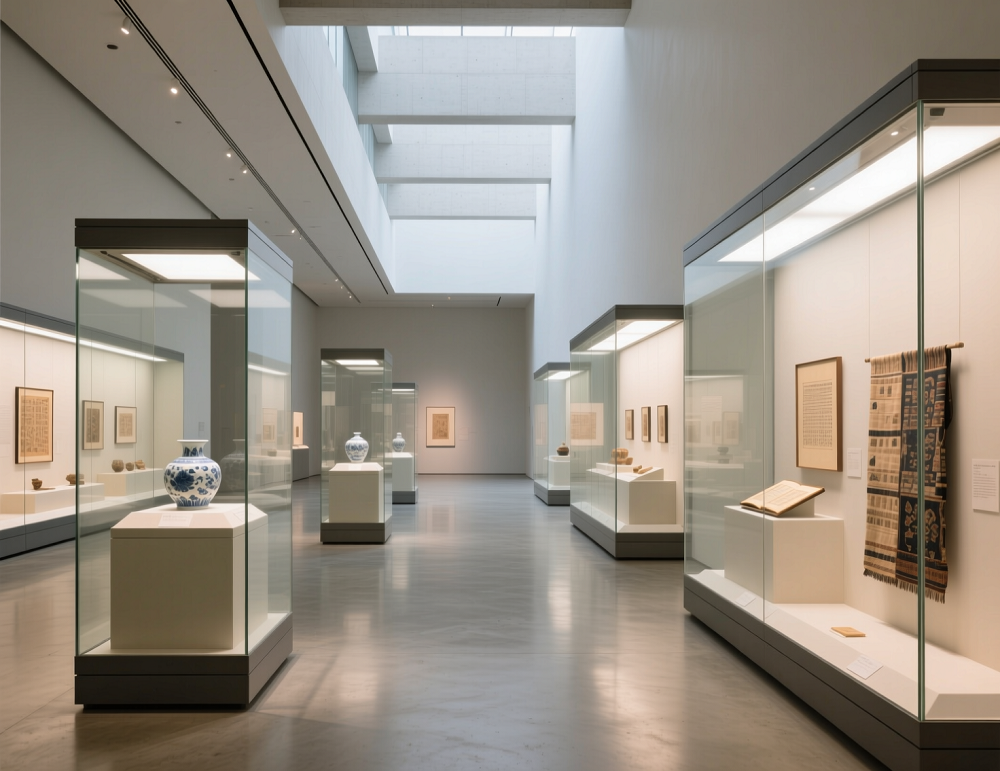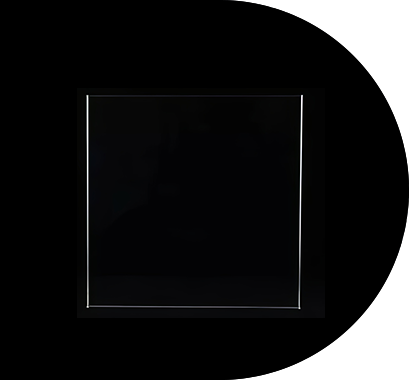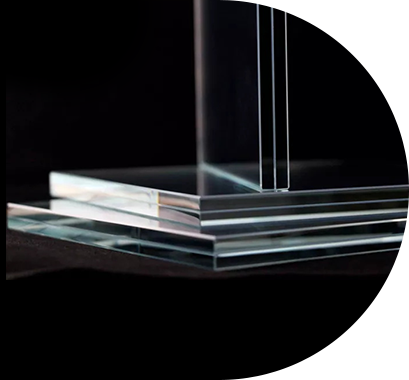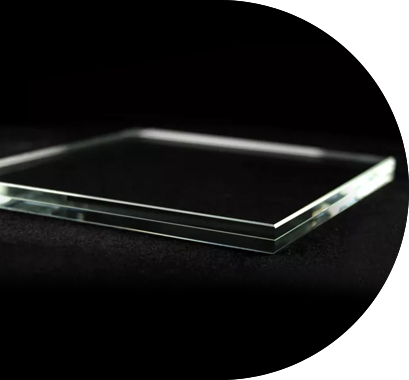Preserving valuable artworks, historical artifacts, and cultural treasures requires precise environmental control and strong physical protection. Museum laminated glass plays a vital role in achieving both. It is engineered to safeguard exhibits from harmful UV radiation, impact damage, temperature fluctuations, and other external risks—all while maintaining exceptional optical clarity for visitor viewing. Through its advanced structure and materials, museum laminated glass combines strength, stability, and transparency to create an ideal protective barrier for sensitive collections.
1. Multi-Layer Structure for Enhanced Protection
Museum laminated glass consists of two or more layers of high-quality glass bonded together with interlayers made of polyvinyl butyral (PVB), ethylene-vinyl acetate (EVA), or ionoplast materials. This laminated structure offers superior resistance to breakage and ensures that even if the glass is struck, it remains bonded instead of shattering into dangerous shards. The interlayer absorbs and disperses energy, providing reliable protection against accidental impacts, vandalism, or forced entry.
In museum environments where priceless objects are on display, this structural integrity prevents potential damage caused by glass failure. The interlayer also serves as a cushion, absorbing vibrations and minimizing mechanical stress on delicate items inside display cases.
2. UV Protection for Long-Term Preservation
One of the most critical functions of museum laminated glass is ultraviolet (UV) filtration. UV radiation from sunlight and artificial lighting can cause severe fading, discoloration, and degradation of pigments, fabrics, and organic materials over time. Laminated glass with specialized interlayers blocks up to 99.9% of harmful UV rays while maintaining neutral color transmission.
This protection helps preserve the visual and chemical stability of sensitive artworks—such as paintings, textiles, manuscripts, and photographs—without compromising the natural lighting and visual experience for visitors. Unlike surface coatings that may wear off, UV-blocking properties in laminated glass are integrated into the interlayer, providing long-lasting and consistent performance.
3. Acoustic Insulation and Environmental Stability
Museums often require quiet, controlled environments to enhance visitor experience and protect artifacts from environmental disturbances. The interlayer in laminated glass also acts as an acoustic barrier, reducing sound transmission from adjacent rooms, hallways, or outdoor areas. This sound-dampening ability creates a calm viewing environment while protecting fragile exhibits from vibration-induced damage.
Additionally, laminated glass contributes to thermal insulation and humidity control when used in display cases or architectural enclosures. It reduces heat transfer, helping maintain stable internal conditions—an essential factor in the long-term preservation of temperature- and humidity-sensitive materials.

4. Security Against Theft and Impact
Museum laminated glass is also designed for security and anti-theft applications. The bonding between glass layers provides a tough barrier that resists penetration and delay attempts at forced entry. When combined with security glazing or tempered glass layers, laminated glass can meet high safety standards for museums and galleries housing valuable or irreplaceable objects.
This resistance to breakage not only deters theft but also minimizes the risk of physical damage to the artifacts inside the display. In some museum applications, laminated glass may be paired with alarm sensors to trigger alerts in case of tampering or unusual impact.
5. Anti-Reflective and Optical Clarity Features
Visual clarity is a defining requirement for museum glazing. Advanced anti-reflective (AR) coatings can be applied to laminated glass surfaces to significantly reduce glare and reflection. This allows visitors to view exhibits from multiple angles without light distortion, enhancing the overall visual experience.
In addition, using low-iron glass layers minimizes color shift and ensures a true, distortion-free view of artworks. Combined with precision lamination techniques, these features maintain optical transparency while providing the necessary physical and environmental protection.
6. Fire Resistance and Safety Performance
In certain museum settings, fire-rated laminated glass is used to offer additional protection against heat and smoke transmission. Special interlayers can resist high temperatures for extended periods, maintaining the barrier’s integrity during emergencies. This enhances the overall safety of museum structures, safeguarding both people and exhibits.
Conclusion
Museum laminated glass represents a sophisticated combination of safety, clarity, and preservation technology. Through its multi-layer construction, UV-blocking capability, acoustic insulation, and high impact resistance, it provides comprehensive protection for valuable artworks and cultural exhibits. Its ability to maintain optical excellence while safeguarding against environmental and mechanical risks makes it an indispensable material in modern museum architecture and exhibition design.
By integrating advanced laminated glass solutions, museums can ensure that future generations experience the beauty, authenticity, and integrity of priceless collections in their best-preserved form.






